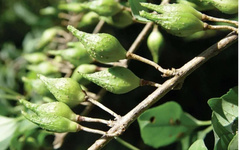

Lian Qiao (连翘) has a bitter taste and is known for its ability to clear heat, detoxify, and dispel evil. It is effective in clearing the heart and dispersing heat from the upper jiao (上焦), as well as draining fire and detoxifying, alleviating pain and dissipating masses. It has been referred to as the “sacred medicine for sores” by ancient practitioners.
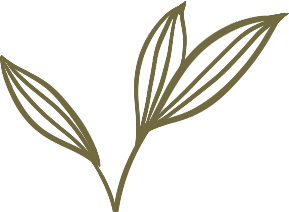
1. Source
Lian Qiao is the dried fruit of Forsythia suspensa (Thunb.) Vahl, a plant belonging to the Oleaceae family. It has the effects of clearing heat and detoxifying, reducing swelling and dissipating masses, and dispersing wind-heat. It is primarily used for treating sores, carbuncles, and toxic swellings, phlegm nodules, wind-heat exterior conditions, and the initial stages of warm diseases, as well as painful urinary dribbling.

2. Plant Morphology
Forsythia suspensa is a shrub with branches that are spreading or drooping, brown or light yellow-brown in color. The leaves are usually simple, oval or elliptical, with a sharp tip. The upper leaf margin is dark green, while the underside is light yellow-green. Flowers typically grow singly or in clusters of 2 to several in the leaf axils, with green sepals and elongated petals. The fruit is oval or elongated-oval in shape. The flowering period is from March to April, and the fruiting period is from July to September. The name “Lian Qiao” is derived from the shape of the plant resembling ancient vehicles called “lian che” and “qiao che”.
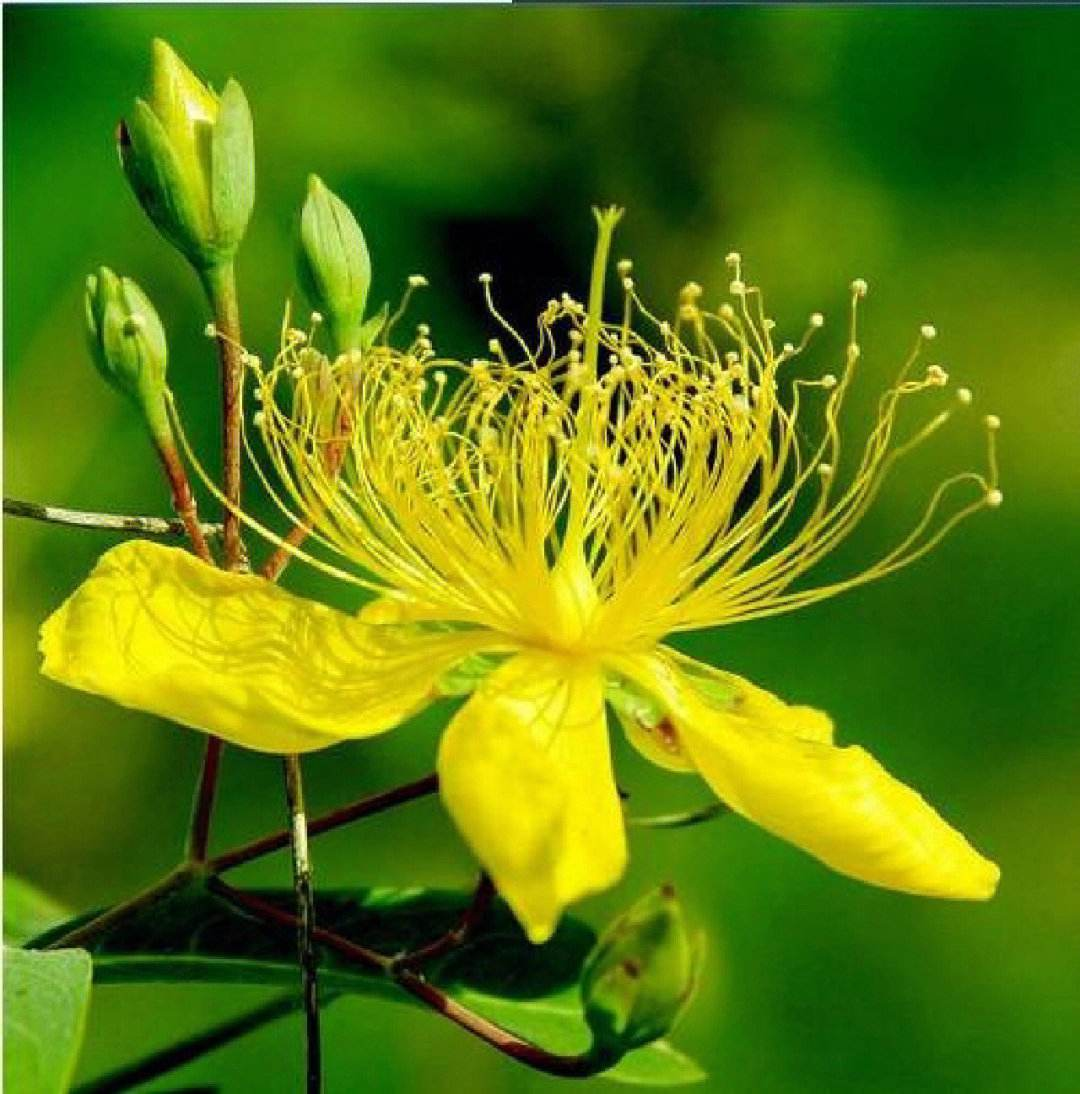
3. Distribution
Lian Qiao is distributed in Hebei, Shanxi, Shaanxi, Shandong, western Anhui, Henan, Hubei, Sichuan, and other regions of China.
4. Harvesting and Processing
Due to differences in harvesting time and processing methods, Lian Qiao is classified into three types: Qing Qiao (青翘), Huang Qiao (黄翘), and Lian Qiao Xin (连翘心).
Qing Qiao: Harvested in early August to early September, the immature green fruits are briefly boiled in hot water or steamed for half an hour, then dried. The best quality is characterized by being dry, uncracked, and relatively green.
Huang Qiao: Also known as Lao Qiao, harvested in early October when the yellow fruits are fully ripe, dried, and impurities removed. The best quality is dry, with large petals, thick shells, and a yellowish color.
Lian Qiao Xin: The seeds are screened out from the fruit shells and dried to obtain Lian Qiao Xin.
Processing of Lian Qiao:
1. Remove impurities: First, remove the branches and fruit stems of Lian Qiao, then rinse thoroughly with plenty of clean water to remove surface dust.
2. Steaming: The cleaned Lian Qiao is briefly boiled in hot water or steamed for half an hour. After steaming, spread it out to dry to prevent discoloration and mold. The purpose of steaming is to preserve the medicinal properties and shape of Lian Qiao, making it easier to dry, but it should not be overcooked, as this can reduce the drying rate and effective component content.
3. Drying: Natural sun-drying or using a drying room to dry Lian Qiao. When starting the drying process, the heat should not be too high, and the temperature should be maintained around 50°C, spreading it in a thin layer for even heating and ventilation. It should be frequently turned to prevent scorching, and the temperature should be lowered as it approaches dryness to avoid scorching and deterioration.
Storage of Lian Qiao: After steaming, Lian Qiao should be immediately dried and then placed in a ventilated, cool place for 2-3 days before being stored in a cold storage, ensuring it does not get damp.
5. Characteristics and Identification
1. The fruit is elongated oval to oval, slightly flattened, measuring 1-2.5 cm in length and 0.5-1.3 cm in diameter. The surface has irregular longitudinal wrinkles and numerous small raised spots, with a distinct longitudinal groove on each side. The tip is sharply pointed, and the base has a small fruit stem or has fallen off.
2. Qing Qiao is mostly uncracked, with a green-brown surface and fewer raised grayish-white spots; it is hard; the seeds are mostly yellow-green, slender, with a wing on one side. Lao Qiao cracks from the top or splits into two petals, with a yellow-brown or reddish-brown surface, and the inner surface is mostly light yellow-brown, smooth, with longitudinal partitions; it is brittle; the seeds are brown and mostly fallen off. It has a faint fragrance and a bitter taste.
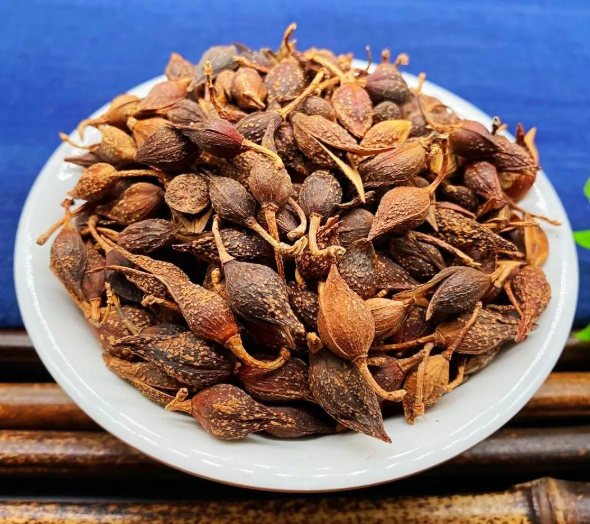
Chinese Herbal Medicine: Lian Qiao
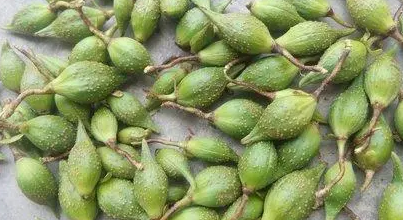
Qing Qiao
6. Properties and Channels
Bitter, cool. Enters the Heart (心), Liver (肝), and Gallbladder (胆) channels.
7. Functions and Indications
Clears heat, detoxifies, dissipates masses, and reduces swelling. Used for warm heat, erysipelas, rashes, carbuncles, and toxic swellings, as well as phlegm nodules and painful urinary dribbling.
8. Precautions for Use
Should be avoided by those with spleen and stomach deficiency, qi deficiency with fever, and those with carbuncles that have already ruptured and have thin, light-colored pus.
Text by: Chen Zongwu


